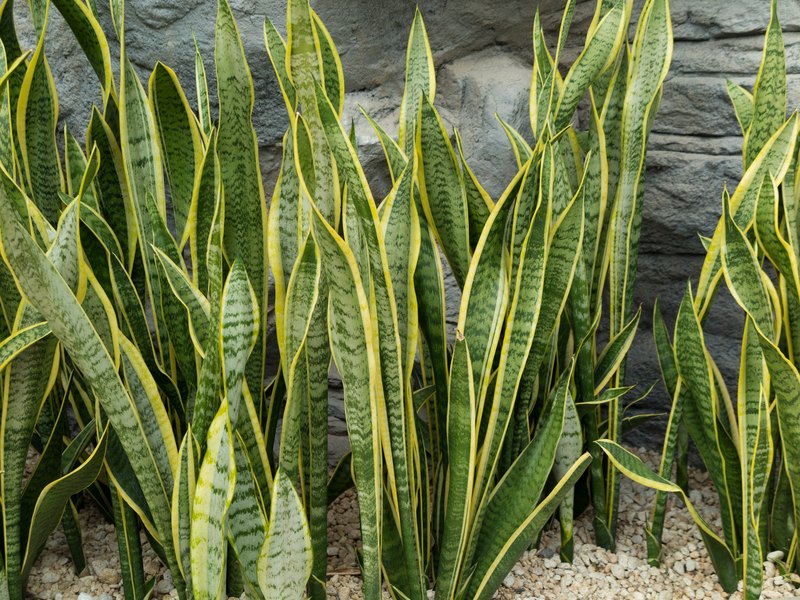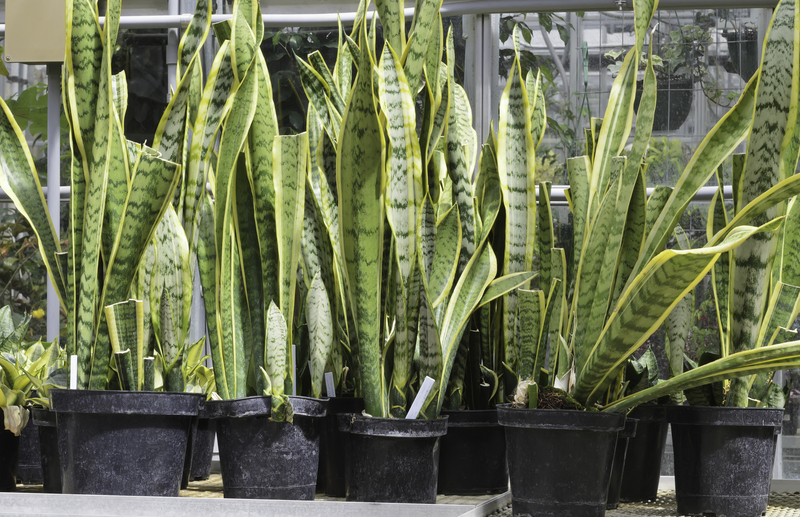Simple Steps for Breaking Down and Removing Tree Stumps
Tree stumps can be unsightly, pose safety risks, and even attract unwanted pests into your yard. Whether you've recently had a tree cut down or inherited an old stump from previous landscaping, knowing how to remove a tree stump efficiently can dramatically improve your property's aesthetics and usability. In this comprehensive guide, we'll break down the various methods and simple steps for removing tree stumps, ensuring you have all the information needed to tackle this common yard challenge.

Why Remove Tree Stumps?
Before you start breaking down and removing that lingering stump, it's important to understand the reasons behind stump removal. These include:
- Safety: Stumps can be tripping hazards, especially for children and pets.
- Pest Prevention: Decaying wood attracts insects like termites, carpenter ants, and beetles.
- Landscape Appeal: A stump-free lawn looks clean, well-maintained, and welcoming.
- New Planting Opportunities: Removing stumps allows for new landscaping, garden beds, or grass planting.
If you're ready to boost your curb appeal and make your yard more functional, follow these proven tree stump removal steps!
The Best Methods for Tree Stump Removal
There are several effective ways to manage tree stump removal. Your chosen method will depend on the stump's size, your available tools, your budget, and your timeline. Below, we'll explore the most practical techniques for breaking down and removing tree stumps, complemented with step-by-step instructions for each method.
1. Manual Tree Stump Removal
Manual removal is a popular method for those who prefer straightforward, hands-on work. This is best for small to medium-sized stumps with a manageable root system. Here's how to break down and remove a tree stump by hand:
- Essential Tools: Shovel, mattock, axe, hand saw, and a digging bar.
- Instructions:
- Expose the Roots: Use a shovel to dig around the stump, revealing as many major roots as possible.
- Cut Through the Roots: Use an axe, mattock, or hand saw to cut through the thick roots attached to the stump. A digging bar can help pry out stubborn roots.
- Loosen and Remove the Stump: Continue digging and cutting until the stump is loose enough to wiggle and lift. Lever the stump out using the mattock and shovel for extra power.
- Clean Up: Fill in the hole with soil or compost and smooth over the area.
Tip: For older, decaying stumps, this process can be easier since the wood is softer.
2. Using a Stump Grinder
If the stump is too large or manual labor isn't feasible, renting a stump grinder is a highly effective solution. This specialized machine uses a rotating disc to grind stumps down below soil level, making complete removal much easier.
- Required Tools: Stump grinder (can be rented), safety gear (goggles, gloves, ear protection), rake, shovel.
- How to Use a Stump Grinder:
- Preparation: Remove rocks, debris, and loose bark from around the stump. Cut the stump as close to the ground as possible with a chainsaw, if necessary.
- Grind the Stump: Follow the machine's instructions to slowly lower the grinder wheel onto the stump, moving back and forth to grind it down in layers. Work your way down to approximately 6-12 inches below ground level.
- Remove Wood Chips: Rake up the ground up stump and wood chips. Fill the hole with soil.
Stump grinding is quick, highly effective, and suitable for almost any tree stump. However, grinders can be heavy and require caution during operation--always wear proper safety equipment!
3. Chemical Tree Stump Removal
For those seeking an easier, less physically demanding option, chemical stump removal can break down a tree stump over weeks or months, making it soft enough to remove with minimal effort.
- Supplies Needed: Power drill, potassium nitrate-based stump remover, water, an axe or hatchet, and plastic tarp (optional).
- Procedure:
- Drill Holes: Drill several deep, evenly spaced holes in the stump, focusing on the top and any exposed roots.
- Apply Chemicals: Pour chemical stump remover into the holes according to the manufacturer's directions. Add water if required.
- Wait: Allow four to six weeks (sometimes longer) for the chemicals to soften the wood. Cover the stump with a tarp to keep rain out and accelerate decomposition.
- Break Up the Stump: Once the stump is soft, use an axe, shovel, or mattock to break it apart and remove the pieces easily.
Note: Always use chemical stump removers safely, following all label instructions, and keep pets and children away from the treated area.
4. Burning Tree Stumps
If local regulations permit, burning a tree stump is another practical option. It is often used after chemical softening, as dry, porous wood burns more thoroughly.
- What You'll Need: Drill, kerosene or fuel oil (never gasoline), matches or a lighter, fire pit or ring (recommended), shovel, and water for safety.
- Steps to Burn a Stump:
- Drill Holes: Drill holes into the stump as described above.
- Add Fuel: Pour kerosene or fuel oil into the holes and let it soak for a day or two.
- Ignite: Light the stump, monitoring the fire at all times. Contain the burn with a fire pit or ring and have water or a hose nearby.
- Monitor and Clean Up: The burning process can take several hours. Once finished, ensure embers are fully extinguished before removing the remaining ash and debris.
WARNING: Always check local fire ordinances before attempting this method, and never use gasoline. Burning is not suitable in dry, wildfire-prone regions.
5. Eco-Friendly Alternatives: Rotting Out the Stump Naturally
If you're not pressed for time and wish to avoid chemicals or machinery, you can accelerate natural stump decomposition with environmentally friendly materials. Here's how to encourage natural breakdown and removal of tree stumps:
- Drill Holes in the stump to create openings for moisture and organisms.
- Apply High-Nitrogen Materials such as compost, manure, or even leftover coffee grounds to fill the holes.
- Moisten and Cover the stump with soil and a tarp to trap moisture and heat, creating optimal rotting conditions.
- Wait several months to a year, occasionally adding more organic matter to promote faster decay.
- Remove Remnants with a shovel or axe once softened.
This method is both eco-friendly and cost-effective, though it requires patience. It's ideal for gardeners or those who aren't in a hurry to reclaim the space.
Key Tips for Safe, Successful Stump Removal
- Wear Protective Gear: Goggles, gloves, long pants, and sturdy footwear are essential when operating tools or machines.
- Plan Ahead: Check for underground utilities in the area before digging or grinding. Call your local utility locator if you're unsure!
- Dispose Responsibly: Organic matter from decomposed or ground stumps can be composted or used as mulch elsewhere in your landscape.
Avoiding Common Mistakes
- Don't Rush: Impatience can lead to injury--always allow time for tools or chemicals to work.
- No Gasoline for Burning: For safety, use only approved fuels for stump burning (never gasoline!).
- Verify Local Regulations: Not all communities allow burning or chemical use--always obtain necessary permits.
Frequently Asked Questions About Tree Stump Removal
How long does it take to remove a tree stump?
The timeline for tree stump removal depends on the chosen method:
- Manual removal: A few hours for small/medium stumps
- Grinding: 1-2 hours
- Chemical removal: 4-6 weeks or longer
- Natural decomposition: Several months to a year
Is it better to remove a tree stump or grind it?
Grinding is generally quicker and less labor-intensive, leaving only wood chips behind. Full stump removal involves taking out as much root as possible, which is ideal if you plan to replant a tree in the same spot.
Can I plant a new tree where I removed a stump?
Yes! However, be sure to remove as much of the leftover root and debris as possible, amend the soil with organic matter, and allow some time for the area to settle. This ensures healthy root growth for your new tree or plantings.

Choosing the Right Tree Stump Removal Method for You
Every landscape and homeowner's needs are unique. To pick the best tree stump breakdown and removal technique for your situation, consider:
- Stump Size and Location: Is the stump easily accessible or tangled in nearby roots?
- Budget: Renting a grinder costs money, while chemical removers are inexpensive.
- Physical Capabilities: Manual and grinding methods are physically demanding.
- Environmental Concerns: Choose rotting or grinding if you want to avoid chemicals.
Regardless of your approach, persistence and safety are the keys to successful, satisfying tree stump removal.
Conclusion: Enjoy a Stump-Free Yard!
With these simple steps for breaking down and removing tree stumps, you can reclaim your outdoor space and enhance the safety and beauty of your property. Whether you opt for manual labor, powerful machinery, eco-friendly rot, or safe burning, there's a solution suited to every need and landscape. Don't let an old tree stump hold back your property's potential--start planning your removal project today!
For more landscaping tips and expert guidance on maintaining your outdoor spaces, explore our other articles and resources. And remember: When in doubt, consult a local landscaping professional for the safest, most efficient stump removal results!